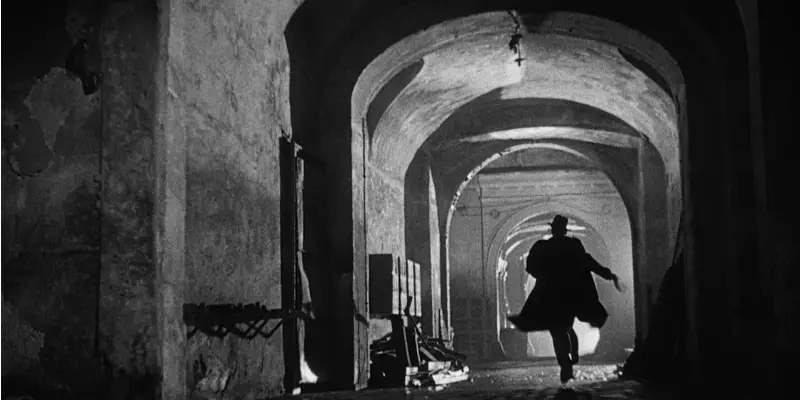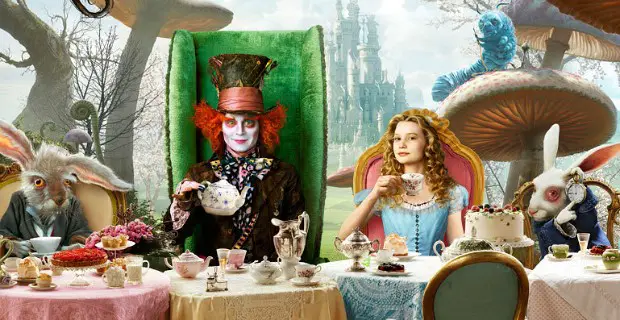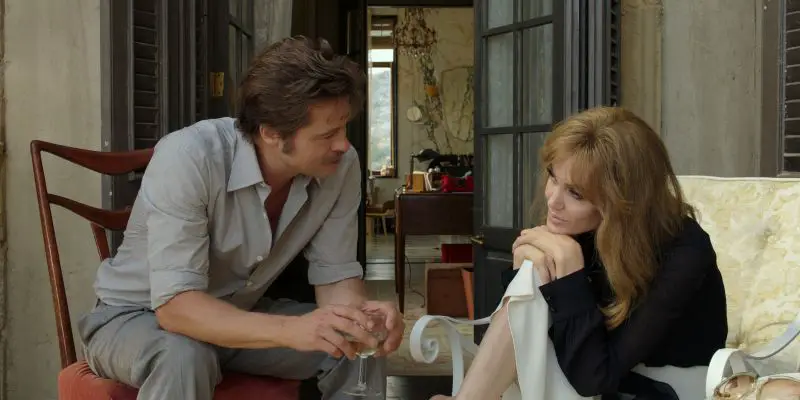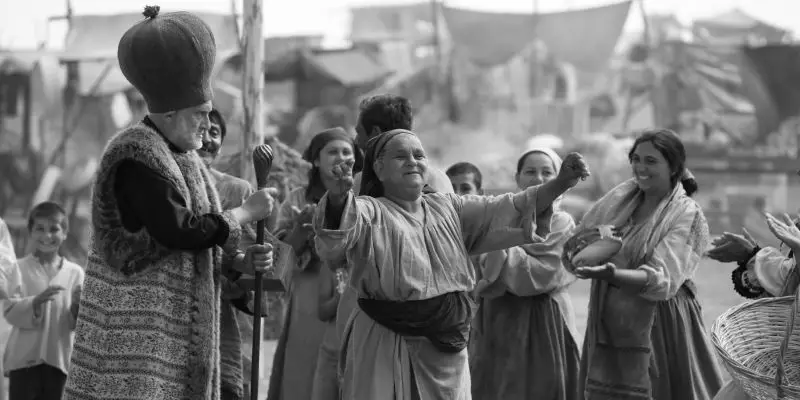
There are two thoughts that go through your head when you hear about a Romanian film which won the Silver Bear for its director Radu June (at the 2015 Berlin Film Festival), and which has been earmarked as the country’s entry into the Foreign Film category at this year’s Oscars. The first is that this must be a very good film indeed. The other is that this is the sort of film that groups of people gather around and agree is an artistic and important film, but ultimately it’s not very entertaining.

One of the internet’s favorite pastimes is letting people know why the things they love are actually terrible. It can be frustrating sometimes, being the only one in the world to know the true value of a film when it seems like the whole world has had the wool pulled over their eyes. In this edition of Staff Inquiry, the FI team joins in on the fun as we get our full troll on.

As bubbles fill the air surrounding world famous Red Square, and a young girl is seen relishing in their creation, one is likely to be filled with memories of their own bubble-oriented experiences of a normal, fondly recalled childhood, and imprint said associations onto the scene before them. They would then immediately be rebuked for their premature assumptions, as we travel back with the child to her home, and it is revealed not to be a house, apartment, or even a tent on the street, but a shack built in the heart of a garbage dump. “I’m alive, I cant simply die and go away.
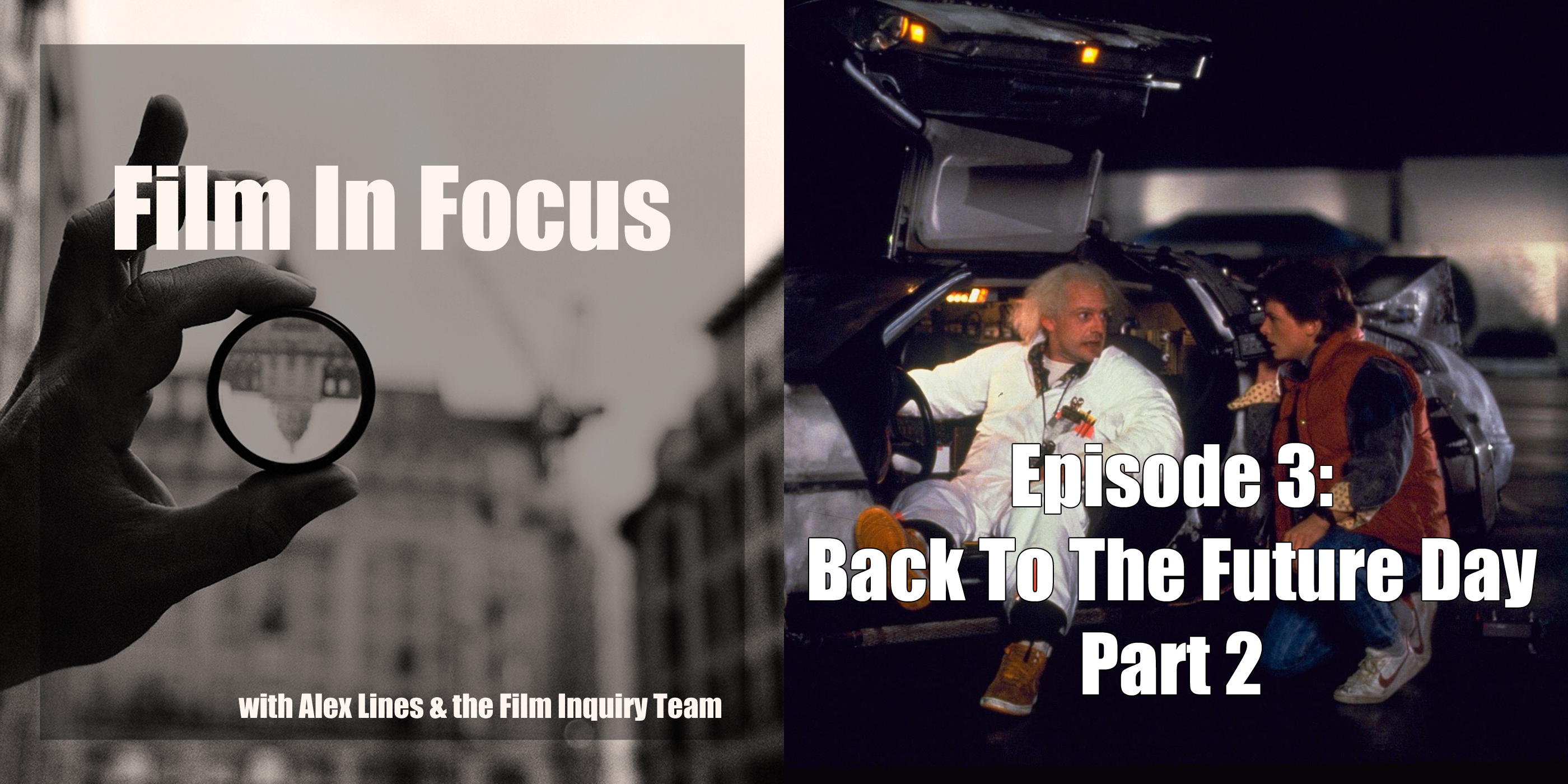
Welcome to the third episode of our monthly film podcast. Each episode features myself (Alex Lines) as I’m joined by two of our writers each month to tackle a different film and all the questions and angles that arise from breaking down these films. In last week’s episode, to celebrate the recent hullabaloo around the 30th Anniversary of the original Back to the Future film, we decided to look back at the trilogy as a whole and wonder why they are so universally loved still.

We’ve seen Bond undergo a lot of changes for over fifty years: the globe-trotting playboy whose license to kill spared no evil doer or anonymous henchman. James Bond, the catalyst of Ian Fleming’s romanticized panorama of espionage, grew from fiction novels to a film series that would become a cinematic phenomenon spanning over fifty years.

The fast-paced life of the food industry is a modern miracle that is rarely appreciated. Any waiter or cook will tell you that no matter the level of industry, be it a McDonald’s or a steakhouse, creating food quickly and to customer satisfaction is a daunting task. Burnt attempts to take this one step further by exploring the mind of someone who loves the fast-paced nature of the business.
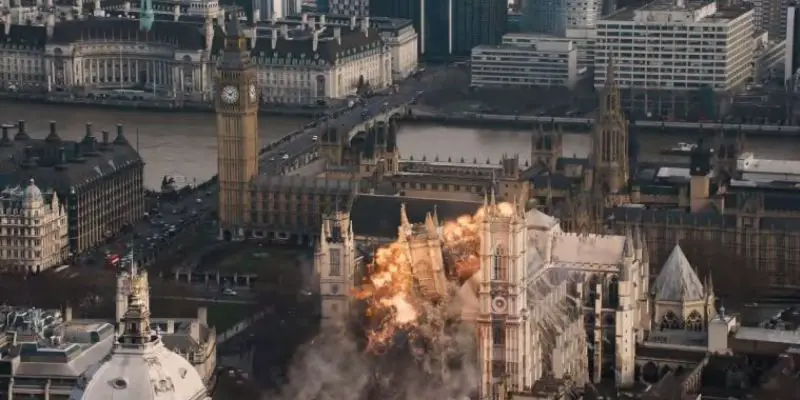
After the mysterious death of the British Prime Minister, all the leaders of the Western world attend his funeral. What was considered the most protected event in the world turns into a horrific mess. Now, a formidable secret service agent, an MI-6 agent, and the president of the United States are the only hope anyone has of stopping the wanton violence.
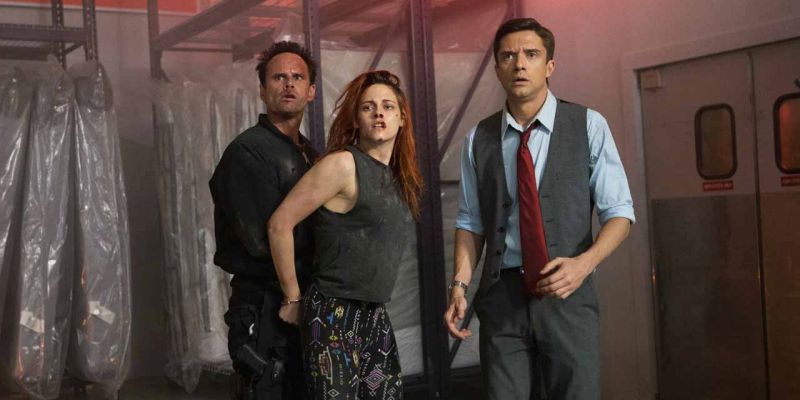
American Ultra is one of those films that sounds really good on paper and even executes well at first, but quickly loses its luster after the quirkiness of its original premise wears off. In this case, its uniqueness comes from the idea of a stoner being a sleeper agent for the government. “Original” might be a little generous, as the film is adapted from the graphic novel of the same name; nevertheless it is something new to the screen, and it stays fun while it continues to feel that way.

My home city of Nottingham recently hosted its first International Microfilm Festival, and through my day job, I was involved with one of the winning shorts from the documentary category. To be honest, before the festival, I hadn’t really heard of microfilm, so I was definitely curious to find out more. In this article, I’ll explore what microfilm is, and what makes them different to short films.



